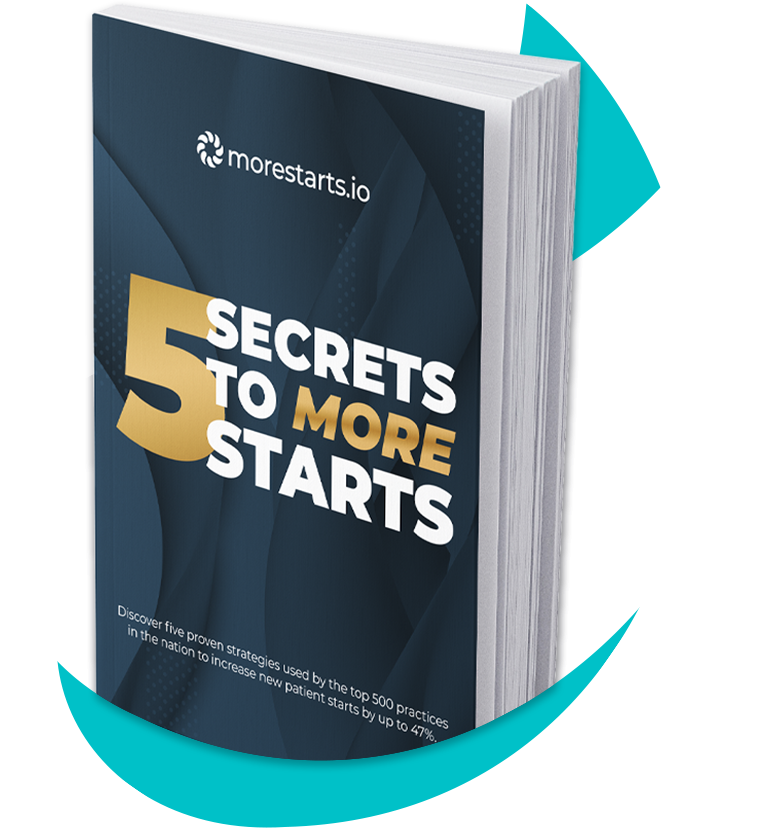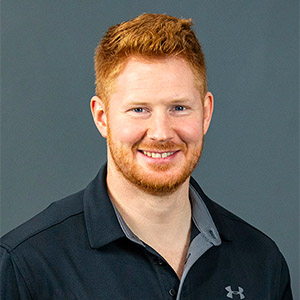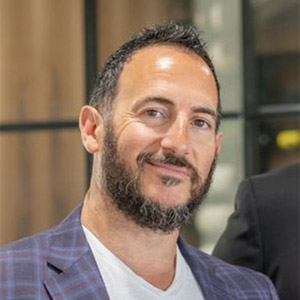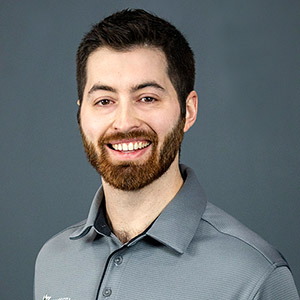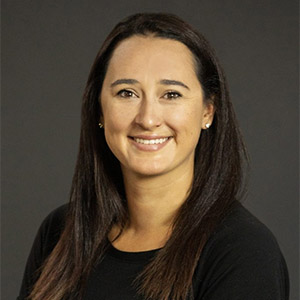In the bustling world of cash-paying medical practices, whether it’s orthodontics, chiropractic care, or plastic surgery, the difference between thriving and just surviving often lies in the mastery of the conversion process. According to Mike Stanzyk, a veteran in medical practice marketing, the key to this mastery lies in scripting – a tool as crucial in healthcare as it is in any high-performing sales environment.
The Art of Scripting in Medical Practices
The Importance of a Tailored Script
Scripting in medical practices is not just about having a set of pre-defined words; it’s about creating a pathway for every interaction that aligns with your practice’s goals and values. As Stanzyk points out, many practices fail to evaluate and adapt their scripts, relying instead on generic templates that may not suit their specific needs.
The Five Steps of Effective Scripting
1. Introduction
The intro sets the stage. It’s where rapport is built, and trust begins to form. Whether it’s a booking call or an initial consultation, how you introduce your services can significantly impact the patient’s decision-making.
2. The Blast
This step involves outlining what the patient can expect from their interaction with your practice. Transparency here can greatly enhance patient confidence and comfort.
3. The Probe
Digging deeper into the patient’s needs and concerns is crucial. This stage involves discussing financial aspects and addressing the patient’s unique situation, ensuring they feel understood and valued.
4. Commitments
Here, expectations are set for both the patient and the practice. It’s about establishing a mutual understanding of the journey ahead.
5. The Close
The final stage is where the decision is made. How you present the treatment plan and financials can make or break the deal.
More Than Words: The Role of Sentiment and Engagement
An effective script is more than its words. How a message is delivered – its sentiment and the engagement it evokes – is vital. Stanzyk emphasizes that successful scripting involves empathy, matching the patient’s tone, and genuinely connecting with them. In medical practices, this human touch can be the defining factor in converting inquiries into starts.
Integrating Scripts with Technology: The morestarts.io Advantage
Here’s where morestarts.io comes into the picture. Our AI software is designed to record, measure, and grade sales interactions, providing invaluable feedback on how your scripts perform in real situations. This technology can help refine your scripting process, ensuring that your team not only follows the scripts but also connects with patients on a deeper level.
Scripting Statistics: The Impact on Conversion Rates
According to a study by Gong.io, effective sales scripting can lead to a 50-60% increase in conversion rates. Additionally, Salesforce reports that high-performing sales teams are 2.3 times more likely to use guided selling or scripting tools. These statistics underline the significant impact that well-crafted scripts can have on a medical practice’s bottom line.
Storytelling in Scripting: Engaging the Patient
Incorporating storytelling into your scripts can make your interactions more relatable and engaging. For instance, sharing success stories or patient testimonials during consultations can build trust and illustrate the tangible benefits of your services.
Conclusion: The Path to More Patient Starts
In conclusion, scripting is not just a sales tool; it’s a fundamental element in building successful patient relationships in cash-paying medical practices. By crafting scripts that resonate with patients and training your team to use them effectively, your practice can significantly increase its patient starts. And with a tool like morestarts.io, you can take this to the next level, utilizing AI to refine and perfect your approach.
So, does your practice have a script that converts inquiries into loyal patients?



